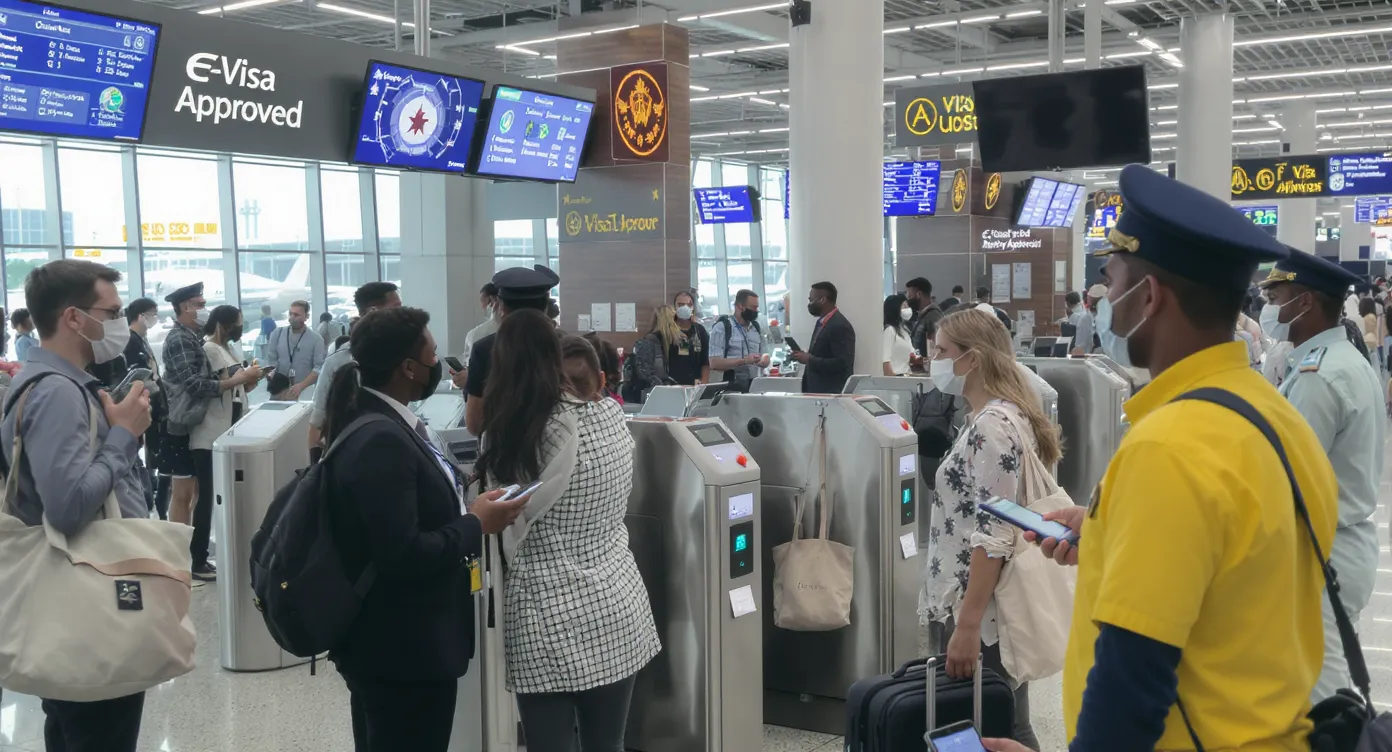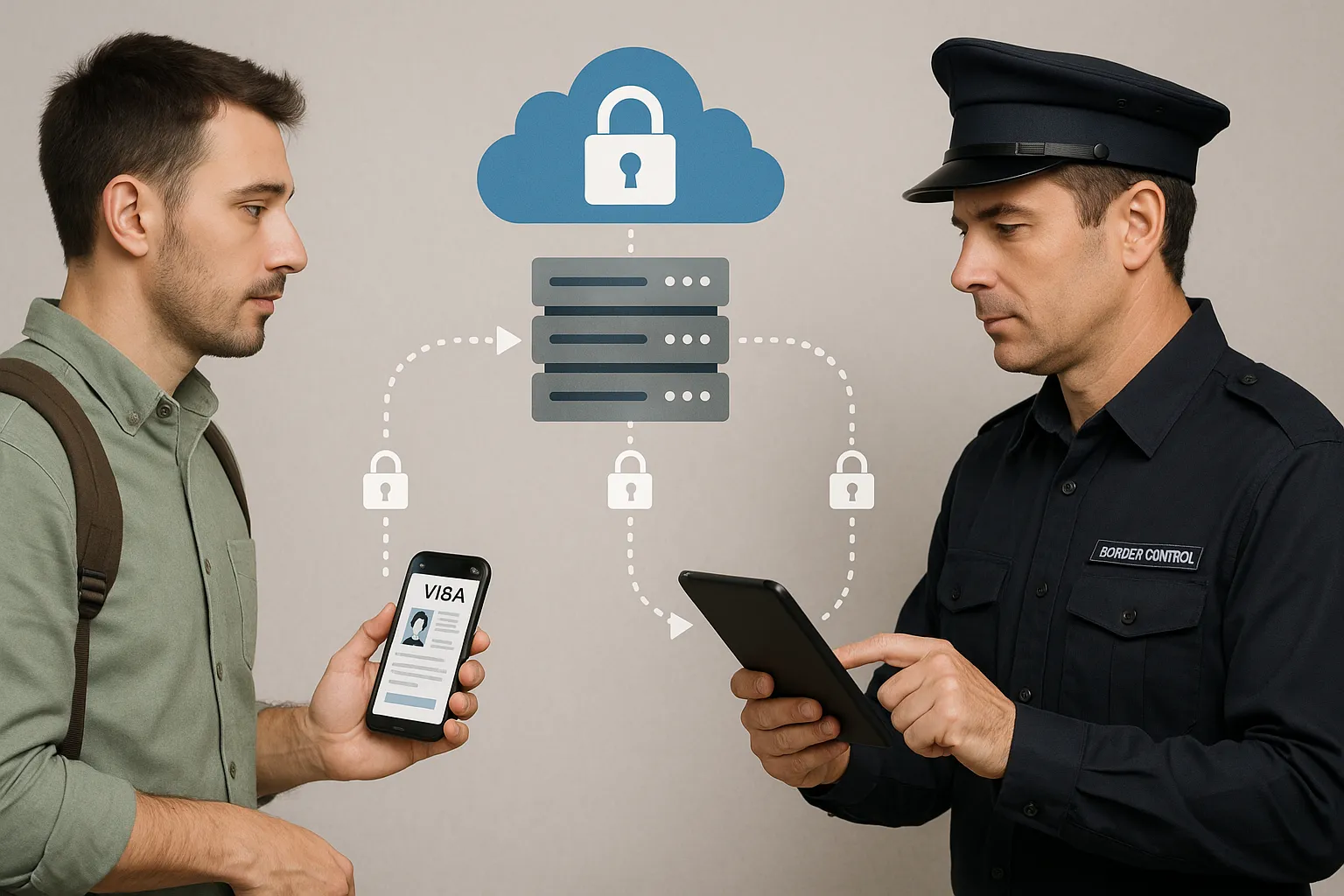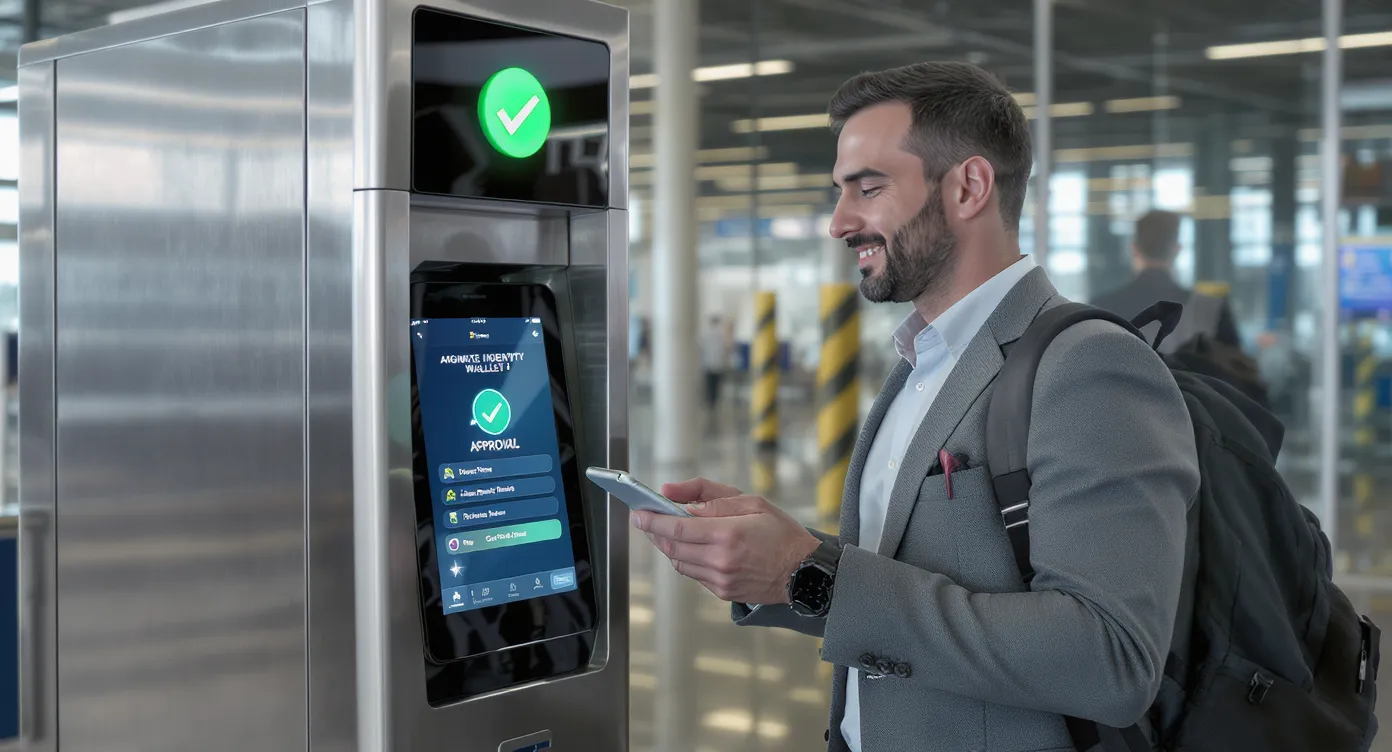Electronic Visa Explained: Fast, Secure Authorizations

International borders have never been busier—or smarter. More than 1.4 billion tourists crossed frontiers in 2023 (UNWTO), and over 70 countries now rely on electronic visas (e-Visas) to keep queues moving while protecting national security. If you have ever wondered how a few clicks online can replace a morning at the consulate, this explainer unpacks what an electronic visa really is, why it is significantly faster, and how advanced security keeps your personal data—and a nation’s borders—safe.
What Is an Electronic Visa?
An electronic visa is a digitally issued travel authorization that is linked to your passport number in the immigration database of your destination country. Unlike a traditional visa, which requires a paper form, in-person appointment, and a physical sticker in your passport, an e-Visa is applied for, paid, processed, and stored entirely online.
Key characteristics:
- Application completed via a secure web or mobile portal
- Digital submission of documents and biometrics (where required)
- Automated screening against watch-lists and immigration rules
- Approval delivered by email or downloadable PDF, then verified by airlines and border officers through a database lookup
Why e-Visas Are Incredibly Fast
- Automation-first workflows: Modern rule engines instantly validate passport data, travel dates, and purpose of visit. If everything checks out, approval can be issued in minutes.
- 24/7 cloud infrastructure: Applications are processed around the clock, eliminating “office hours” backlogs at embassies.
- API integrations: Travel platforms like airlines and OTAs can push application data directly to government systems, shortening turnaround times even further.
Typical approval speeds (publicly reported averages, October 2025):
| Destination | Standard e-Visa Time | Expedited Option |
|---|---|---|
| Türkiye | 15 minutes | — |
| India | 24–72 hours | 4–12 hours (priority) |
| Kenya | 48 hours | 12 hours |
| Australia ETA | 5 minutes (most) | — |
Sources: Official immigration portals; processing times vary by nationality and season.
Security Under the Hood
Fast does not mean flimsy. Behind the scenes, e-Visa platforms rely on the same technologies used by global finance and cybersecurity leaders.
| Security Layer | How It Works | Benefit to Travelers & States |
|---|---|---|
| End-to-End Encryption (TLS 1.3, AES-256) | All data is encrypted in transit and at rest | Prevents interception or tampering |
| Multi-Factor Authentication | One-time codes, passkeys, or biometric login | Stops unauthorized access to your account |
| Biometric Verification | Face or fingerprint match against passport chip | Confirms the applicant is the rightful passport holder |
| Continuous Watch-List Checks | Real-time queries to Interpol, SIS, and local databases | Blocks high-risk travelers before boarding |
| Immutable Audit Logs | Blockchain or write-once storage for every action | Enables transparent investigations & GDPR compliance |
International standards such as ICAO Doc 9303 for e-Passports and ISO 27001 for information security management guide these implementations. You can learn more in our deeper dive, “How Secure Is the Electronic Visa System?”

The Traveler Journey in Five Micro-Steps
- Check eligibility on an official site or via a trusted provider such as SimpleVisa.
- Complete the online form—autofill tools now pre-populate passport fields from a smartphone scan.
- Upload documents & pay; most portals accept major cards and 3-D Secure payments.
- Track real-time status via email, SMS, or a partner app. Notifications fire the second a decision is made.
- Board & enter: Airline staff and border officers scan your passport; the system confirms you have a valid authorization—no paper required.
Tip: Always apply using a secure network and double-check that the URL begins with https://. See our guide on verifying legitimate e-Visa websites.
Benefits Beyond Speed
- Lower costs: Governments save on physical infrastructure; many pass those savings to travelers through lower fees.
- Environmental gains: Digital processes cut out paper forms and carbon-heavy embassy visits (read the numbers here).
- Data-driven border management: Real-time analytics help authorities allocate resources and spot emerging trends such as overstays.
- Ancillary revenue for travel brands: OTAs and airlines that embed e-Visa checks inside booking flows see an average 7–12 % attach rate (SimpleVisa network data, H1 2025).
Common Misconceptions—Busted
- “e-Visas aren’t secure.” Advanced encryption, MFA, and biometric checks make them harder to forge than many paper visas.
- “You must still visit the embassy.” For 99 % of short-stay e-Visa categories (tourist, business, medical), no physical visit is required.
- “A printed copy is always mandatory.” Some countries still advise carrying one as a fallback, but most rely on digital verification. Check destination rules or read “Do You Need to Print an Electronic Visa?”.
What the Future Holds
The next wave of projects—EU ETIAS, UK ETA expansion, and the ASEAN Single Travel Pass—will knit e-Visa data into digital identity wallets, allowing one-tap border crossing with a verified phone credential. Expect wider use of AI fraud detection and privacy-preserving biometrics that confirm identity without exposing raw data.

Frequently Asked Questions
How fast can I get an electronic visa? Many systems issue approvals in minutes, though 24–72 hours is typical. Apply early to avoid peak-season delays.
Are electronic visas safe for my personal data? Yes. Reputable platforms use strong encryption, ISO-certified data centers, and comply with GDPR or equivalent regulations.
Do I still need to print my e-Visa? Usually not, but carrying a paper copy can help if airport systems go offline. Always follow destination guidance.
Can an e-Visa guarantee entry? No. Final admission is at the discretion of border officers, but a valid e-Visa dramatically reduces the risk of being turned away.
What happens if my application is denied? You will receive a denial notice with reasons and re-application options. See our recovery tips in “7 Common Reasons e-Visas Get Rejected”.
Ready to experience fast, secure travel authorizations first-hand? SimpleVisa integrates eligibility checks, automated applications, and real-time status updates directly into your booking flow—or via our white-label app if you prefer plug-and-play. Spend less time on paperwork and more on packing.
Book a free demo to see how effortless border compliance can be.